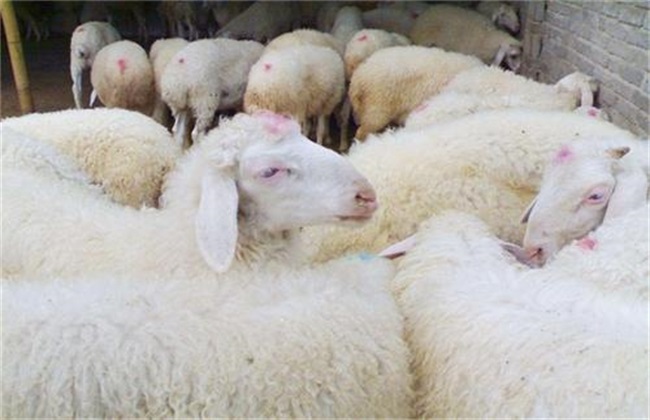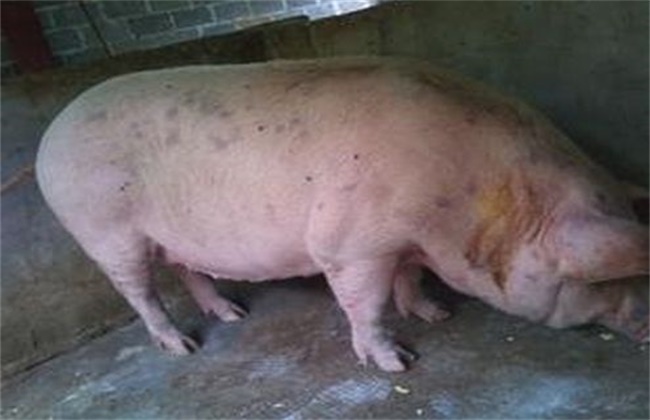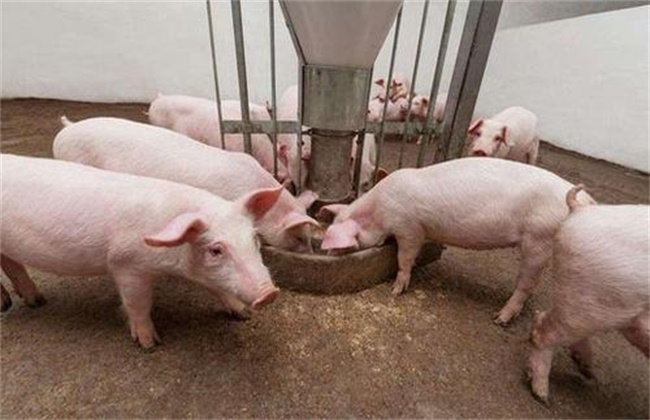Which ewes should be eliminated in time
Raising sheep is our main livestock breeding project, and there are different breeds of sheep in all parts of our country. Its farming area is also very extensive, if you want to improve the efficiency of raising sheep. Then we must improve the quality of sheep, to ensure the production and reproduction capacity of sheep is the key. Therefore, we should do a good job of eliminating sheep when raising sheep. So which sheep should be eliminated in time? Let's take a look at it with the editor.

1. Old ewe
The reproductive period of ewes is limited, usually if the age is more than 5 years or the number of births reaches 7 times, then basically its reproductive capacity will be significantly reduced. If you continue to breed, the cost will not be relative to the return. Not only insufficient production capacity, but also excessive consumption of feed, resulting in an increase in breeding costs. Therefore, we should eliminate this kind of ewe in time, make a good elimination plan, update it, and improve the overall production quality of the sheep.
2. Estrus disorder
Estrus is the most important link for ewes, and ewes that are not in estrus or whose symptoms are not obvious should be eliminated in time. However, if the estrus is not obvious, we can urge the estrus properly, but if it is still unsuccessful. Then it should be eliminated in time, because this kind of ewe can not be produced and can not bring benefits. Continue to feed only to increase the cost, so these sheep should not be lenient, need to be removed immediately.
3. Sheep with poor physique
The reproductive ability of sheep with poor physique is generally not very strong, especially those that have experienced diseases in production, such as uterine prolapse and Yin exfoliation. Its production capacity has completely declined and is unable to survive. Even if it can give birth, the growth ability of its young sheep will be very poor. Then those ewes with frequent miscarriages and premature delivery should also be eliminated in time. The young sheep produced by these ewes have a very weak physique, and there are often all kinds of problems, such as blocked fat gain, weak and sickly body, and so on.
4. Poor reproductive ability
When raising sheep, a strong and high-quality ewe can usually give birth about twice a year. And the number of births is at least more than two at a time, if it is lower than these figures, then the benefits created and the costs paid are basically offset. Therefore, these ewes with poor reproductive ability should also be eliminated in time. Then there are some ewes with little lactation, no lactation and biting young sheep are not suitable for further breeding.
5. Improper affection
Sheep farmers attach great importance to the fatness of sheep, reasonable fat gain can also effectively improve the efficiency of breeding. However, there should be a limit when gaining weight, and sheep should never be allowed to gain too much weight. If the sheep are too fat, it will seriously affect the reproduction of sheep. Of course, it is not good to be too thin, but it will also affect the growth performance of sheep. Therefore, the fattening work must be done reasonably when breeding, and the sheep that are not in the right condition should be eliminated in time.
The above is a brief introduction to which ewes should be eliminated in time. The elimination of ewes is closely related to the benefits of breeding, so we must pay attention to do a good job in breeding in order to effectively expand its benefits. That's all for today's introduction. This article is for reference only. I hope it can help you all.
Related
- On the eggshell is a badge full of pride. British Poultry Egg Market and Consumer observation
- British study: 72% of Britons are willing to buy native eggs raised by insects
- Guidelines for friendly egg production revised the increase of space in chicken sheds can not be forced to change feathers and lay eggs.
- Risk of delay in customs clearance Australia suspends lobster exports to China
- Pig semen-the Vector of virus Transmission (4)
- Pig semen-the Vector of virus Transmission (3)
- Five common causes of difficult control of classical swine fever in clinic and their countermeasures
- Foot-and-mouth disease is the most effective way to prevent it!
- PED is the number one killer of piglets and has to be guarded against in autumn and winter.
- What is "yellow fat pig"? Have you ever heard the pig collector talk about "yellow fat pig"?



